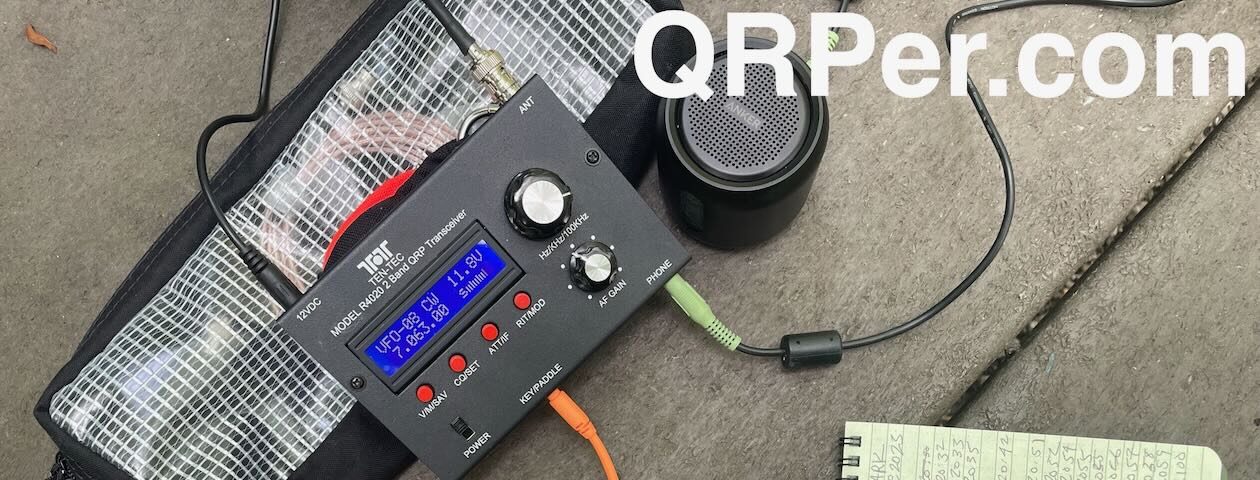 On September 30, 2023, my uncle Reggie passed away at the age of 83. I was incredibly fond of him. His funeral was to take place in Georgetown, South Carolina on Tuesday, October 3rd.
On September 30, 2023, my uncle Reggie passed away at the age of 83. I was incredibly fond of him. His funeral was to take place in Georgetown, South Carolina on Tuesday, October 3rd.
The funeral time was confirmed on Sunday evening (Oct 1), so I made all of my travel plans that night. I decided to leave early Monday morning and drive to Myrtle Beach where I’d reserved a hotel room for one night. I’d then attend the funeral the following day and drive back to my home in the mountains. Round trip, this would amount to about 12 hours of driving.
This, of course, was a pretty somber reason to take a road trip–although it would be nice to spend time with my SC family. I wanted to make the most of my travels and fit in a little “radio therapy” along the way. I glanced over the POTA map for a park that might make for a nice break from travels.
Before hitting the sack Sunday evening, I remembered that many months ago Keith (KY4KK) told me to give him a heads-up anytime I planned to pass by Florence, SC. I knew that Florence would be a simple detour on my journey, so I reached out to Keith and asked if he and his POTA buddies Tommy (N4GS) and Steve (W4JM) might, by some chance, be available for a quick POTA activation. Of course, this was very late notice.
Keith wrote back and recommended that I activate Lee State Park–he and Tommy were both available but, unfortunately, Steve had other plans.
Monday morning, I hit the road and arrived at Lee State Park in the early afternoon.
Lee State Park (K-2905)
I pulled into the park driveway and was greeted by a number of Halloween displays. Evidently, the park staff loves decorating for holidays.

I pulled into the visitor’s center parking lot and immediately met Keith and Tommy.
After a quick greeting, Keith said, “Thomas, our job here is to get you on the air as smoothly as possible so you can continue your trip.”

Herein lies what I love about amateur radio and POTA specifically: even though Keith, Tommy, and I had only just met in person, they were instant friends.
I must say, Lee State Park is the perfect POTA park; there are loads of tall trees, covered picnic areas, open spaces, ample parking, and ham-friendly staff. It just doesn’t get better than this!
 We walked to a large covered picnic area and Keith suggested that we deploy his 40 meter EFHW antenna.
We walked to a large covered picnic area and Keith suggested that we deploy his 40 meter EFHW antenna.
I agreed without hesitation!
Unlike me, Keith is adept at using a slingshot to deploy his antennas.
As I started setting up the radio, Keith aimed his slingshot and snagged a really high branch on the first go. This 40M EFHW was being deployed as a vertical!
I decided to bring along my Penntek TR-45L on this trip. I’m glad I did: it was ideal for this sort of POTA activation! Continue reading A welcome POTA layover with friends at Lee State Park in South Carolina













